Recycling Made Easy: Simple Tips to Boost Recycling Efficiency
In the U.S., mixed paper, cardboard, and plastic bottles make up the largest share of recyclables. Of all of these recycables, plastic bottles stand out. Not only are they recycled efficiently, but plastic bottles and closures play a key role in the circular economy. When properly recycled, plastic bottles, especially those made from PET plastic, can be turned into new products, reducing waste and the need for new resources. This closed-loop recycling process helps create a more sustainable future and highlight how important best practices in recycling plastic really are.
Here are 6 tips for U.S. consumers to follow to ensure both the caps and bottles are properly recycled.
1. DIY: Recycling from Home
Why: Despite 59% of U.S. households having curbside recycling, these programs only capture about 32% of recyclable materials from homes. This leaves a significant amount of recyclables uncollected and wasted. Collecting recyclables at home and using local drop-off recycling centers ensures that items are properly cleaned, greatly improving the chances of being recycled effectively.
Tip: Recycle at home to ensure your efforts have a real environmental impact — and at a larger scale. Clean and sort your materials to reduce waste and help streamline the recycling process.
2. Check Local Guidelines
Why: Not all recycling programs accept all types of materials, or they may have specific guidelines for how to handle them. It’s important to verify what your local recycling program accepts. For example, some areas may prefer plastic bottles to be flattened.
Tip: If you’re unsure, visit your local recycling facility’s website or call them to clarify.
3. Rinse Bottles and Caps
Why: Clean recyclables are more likely to be processed effectively. Food or beverage residue can contaminate other materials, slowing down the recycling process or causing entire batches to be rejected.
Tip: Quickly rinse bottles and caps before recycling, especially if the cap has liquid residue. This helps maintain the quality of the recycled material.
4. Leave the Cap On
Why: Most recycling programs are now able to process plastic bottle caps, especially if they are attached to the bottle. Leaving the cap on helps reduce the chance of it being discarded in the waste stream. When caps are left on, both the bottle and cap are more likely to be processed together.
Tip: Screw the cap back onto the bottle loosely so that it doesn’t get stuck in the machinery.
5. Check for Plastic Type
Why: Bottles and other plastic recyclables are often made from different types of material (usually polypropylene, #5), while the bottle itself might be made from PET (#1). Recycling facilities can only handle certain types of plastic material at the same time, so knowing the specific type helps ensure proper processing.
Tip: If your local recycling center requires to separate plastic types, follow their guidelines to place them in the appropriate recycling bin.
6. Avoid Mixing with Non-Recyclable Materials
Why: Caps should be placed in the same recycling bin as the bottles if they are to be recycled together. Avoid mixing them with non-recyclable items, as this could cause contamination in the recycling stream.
Tip: If you’re unsure whether an item is recyclable, it’s better to check before tossing it in the bin.
Recycling may seem like a small effort, but it’s a step closer to reducing waste and making a real environmental impact. By following simple best practices, consumers can improve recycling programs and support a more sustainable circular economy. In this system, recycled materials like PCR resin play a vital role in creating new, sustainable products. Together, we can make plastic waste a thing of the past.


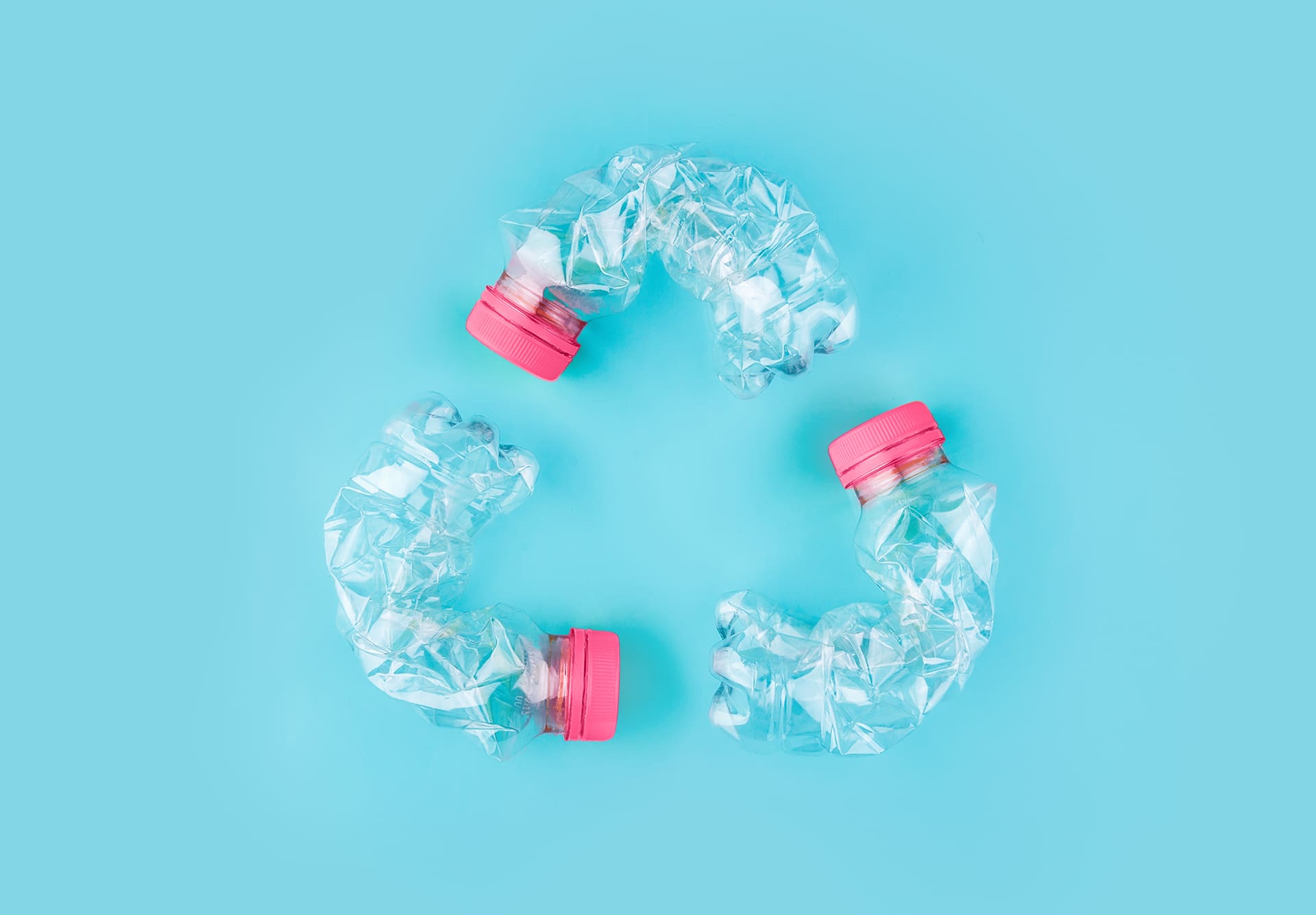
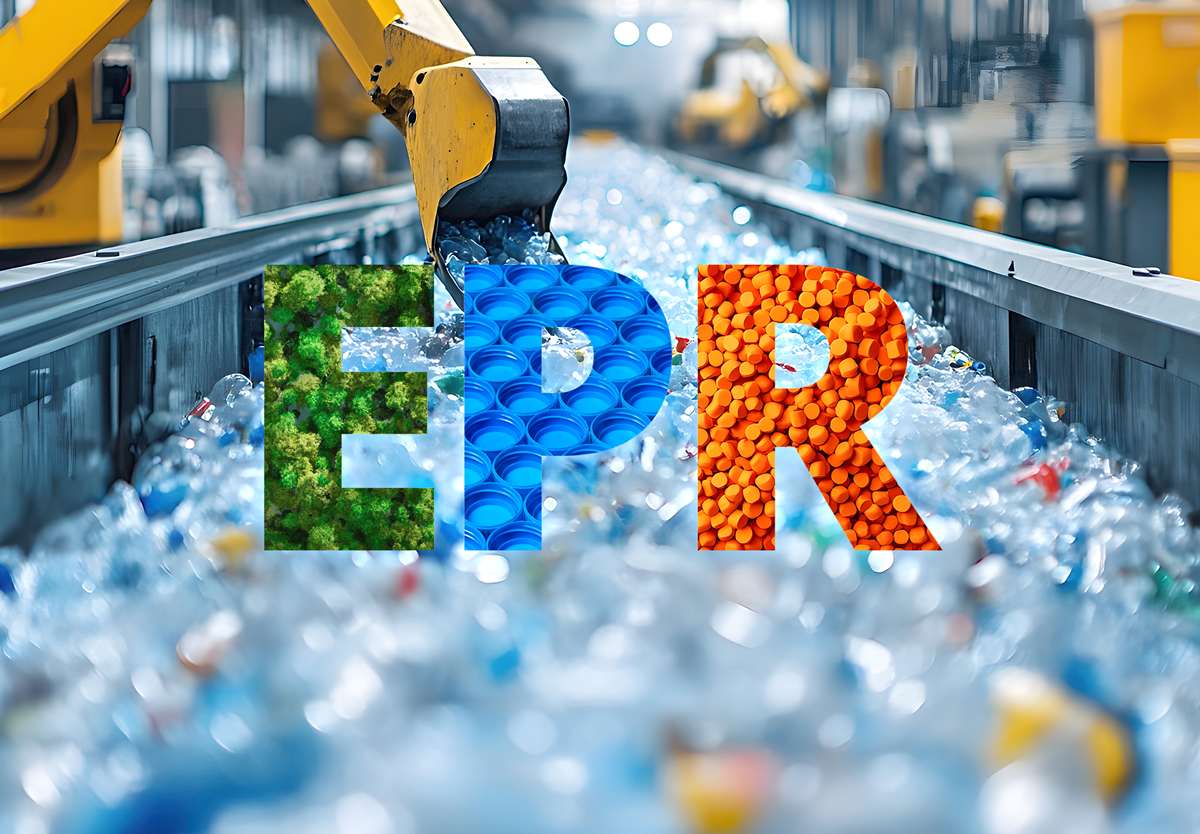

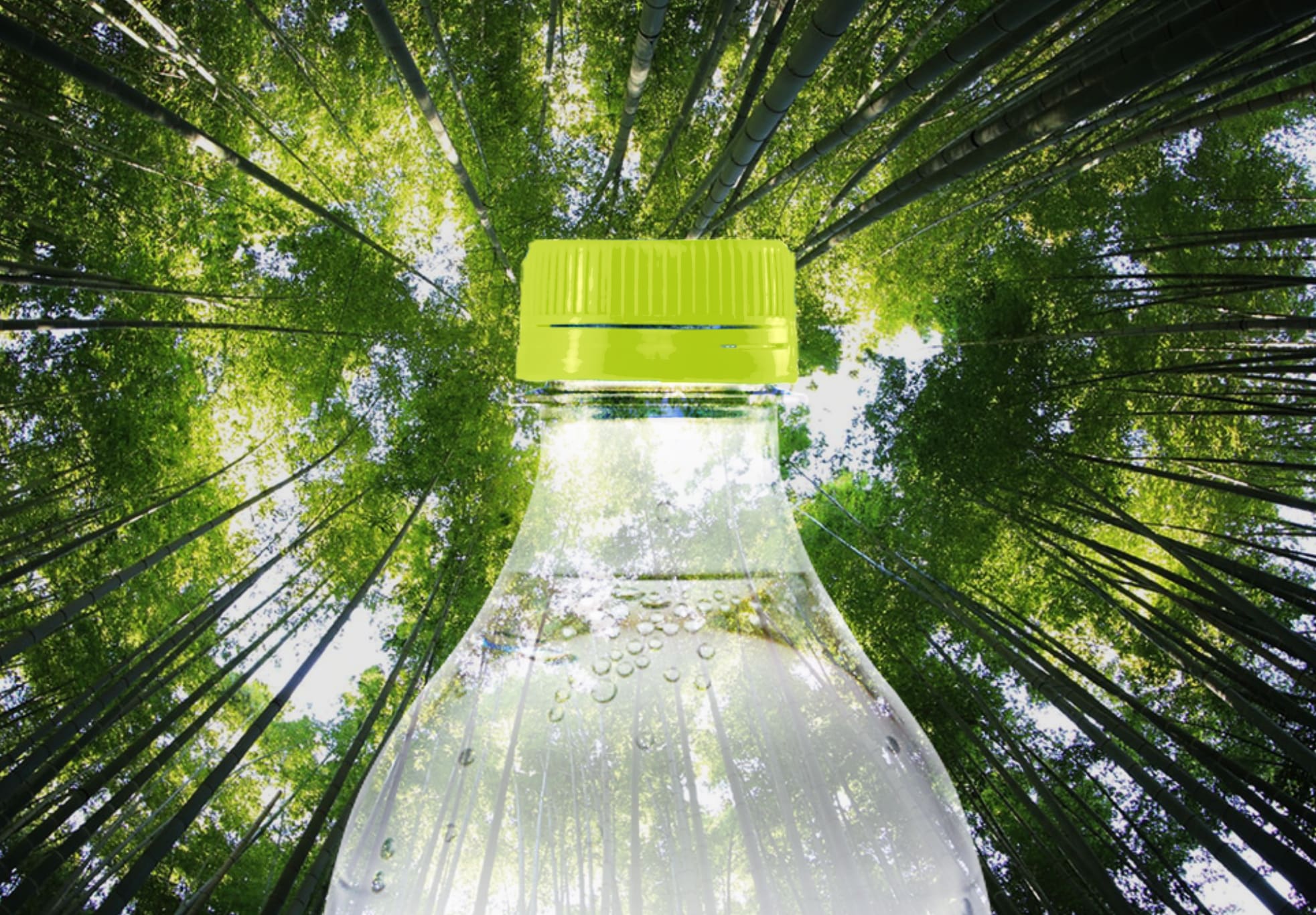

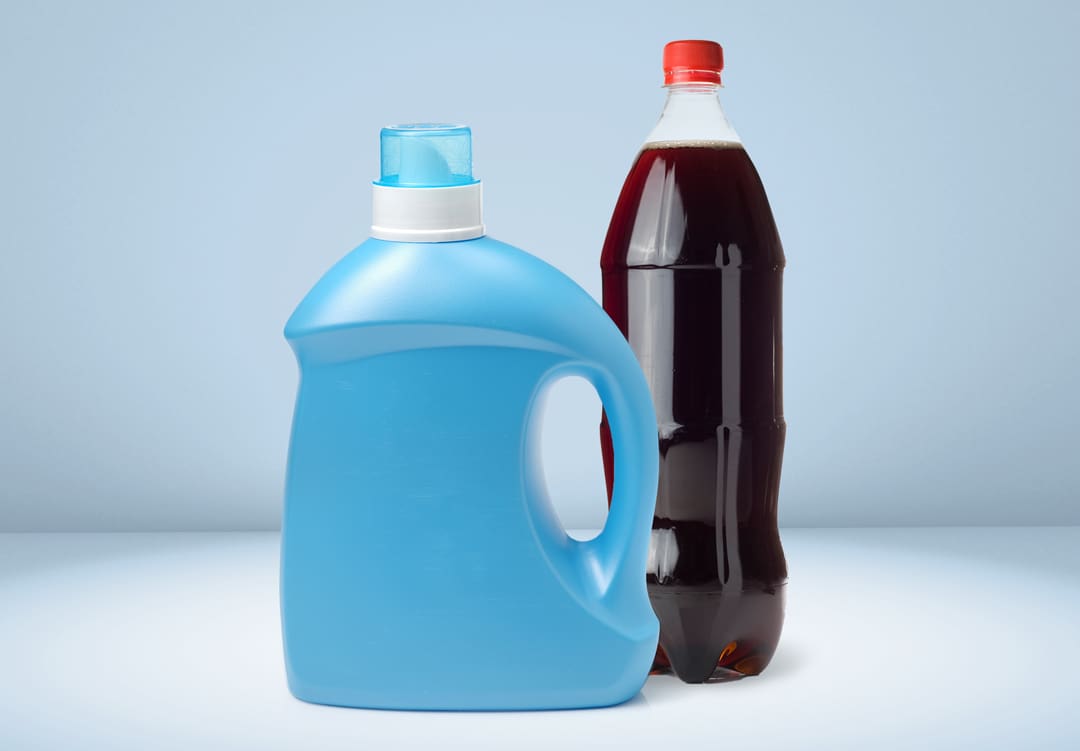
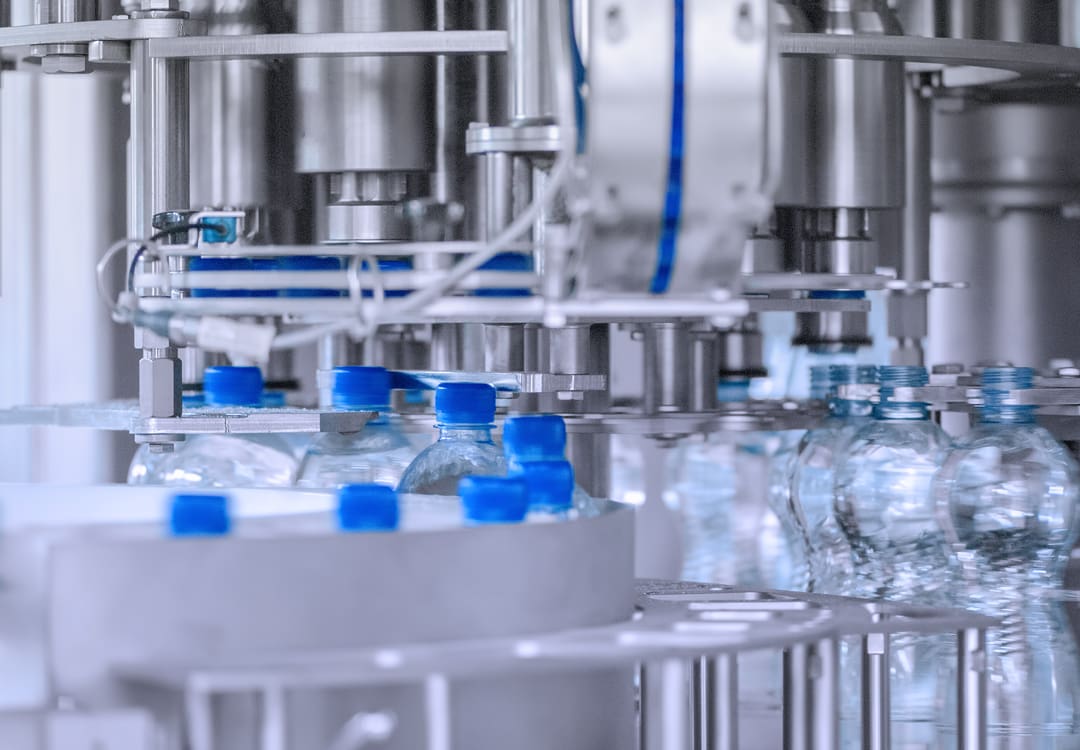
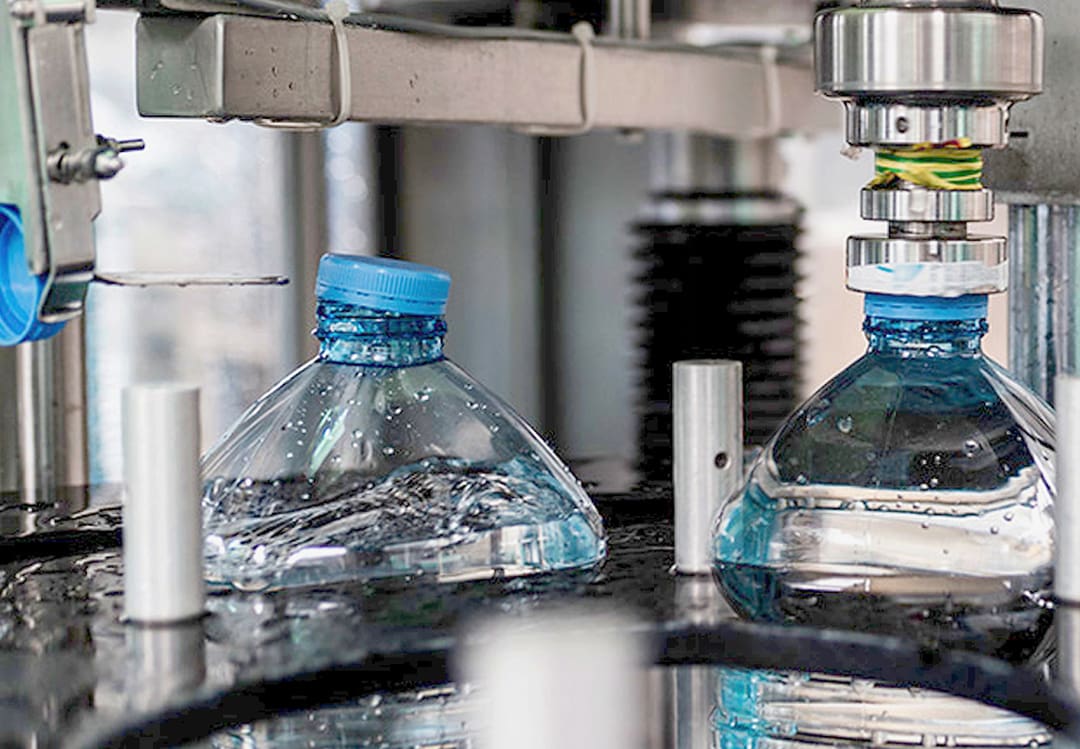
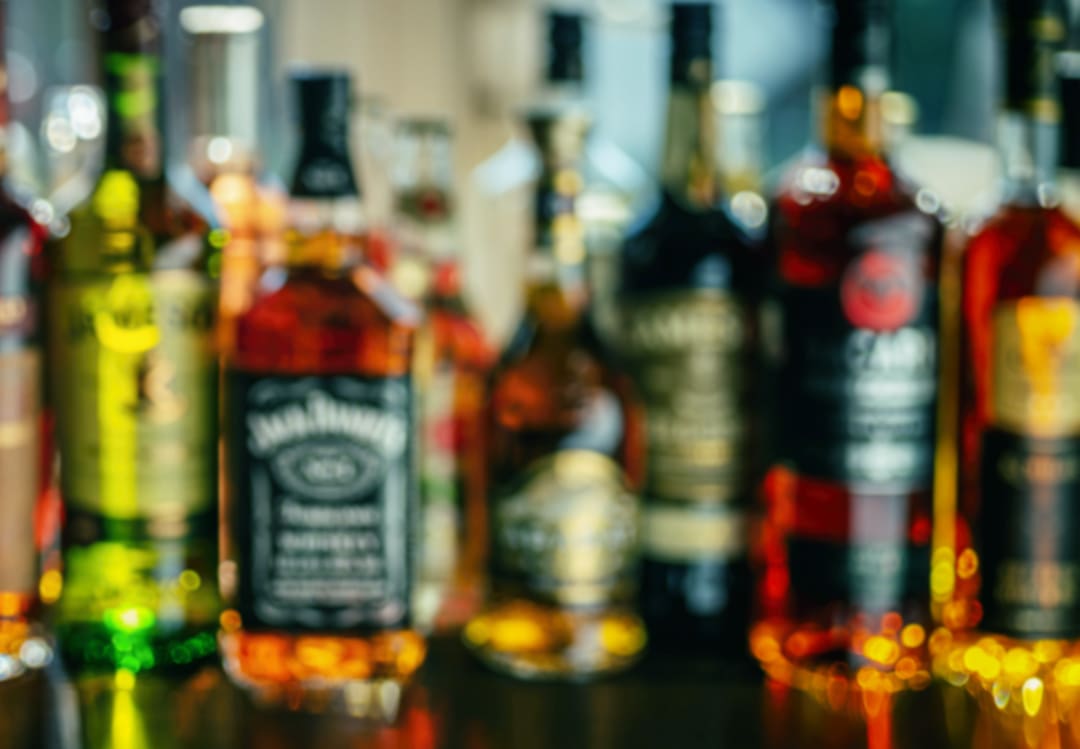
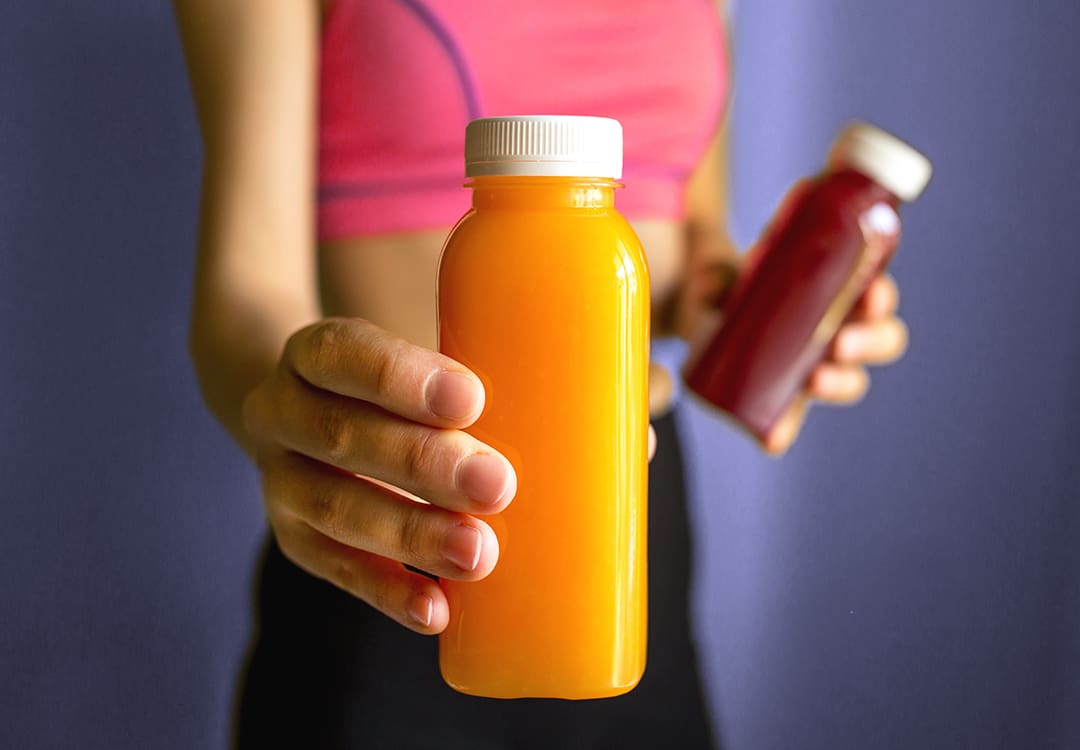
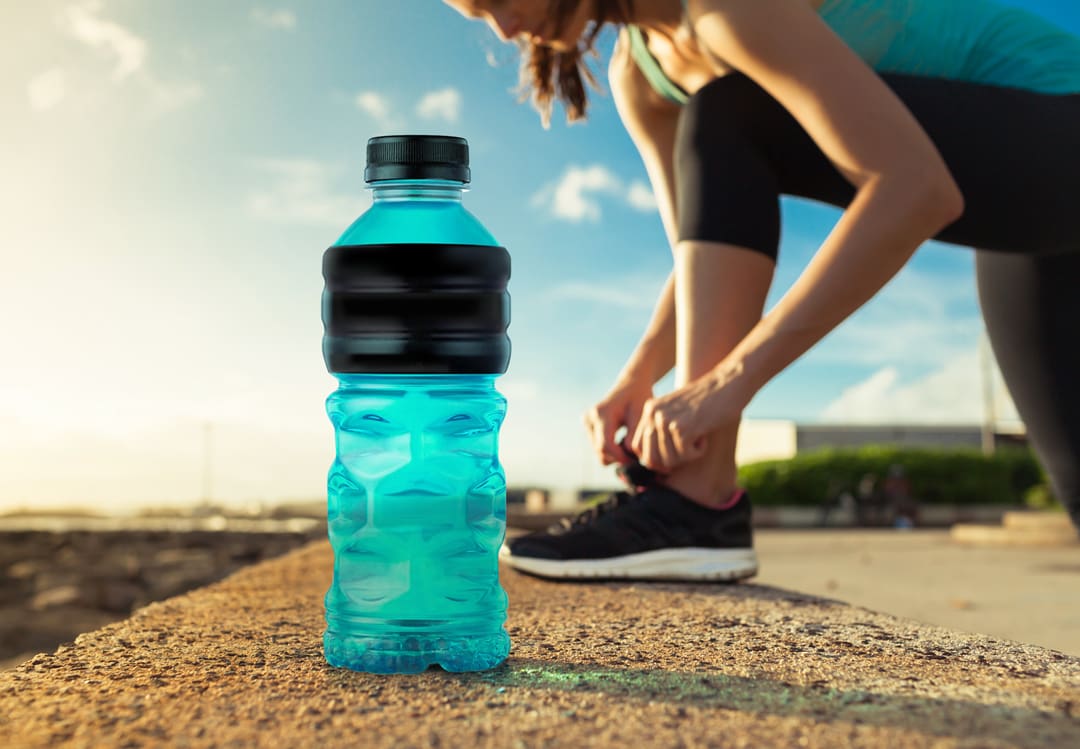
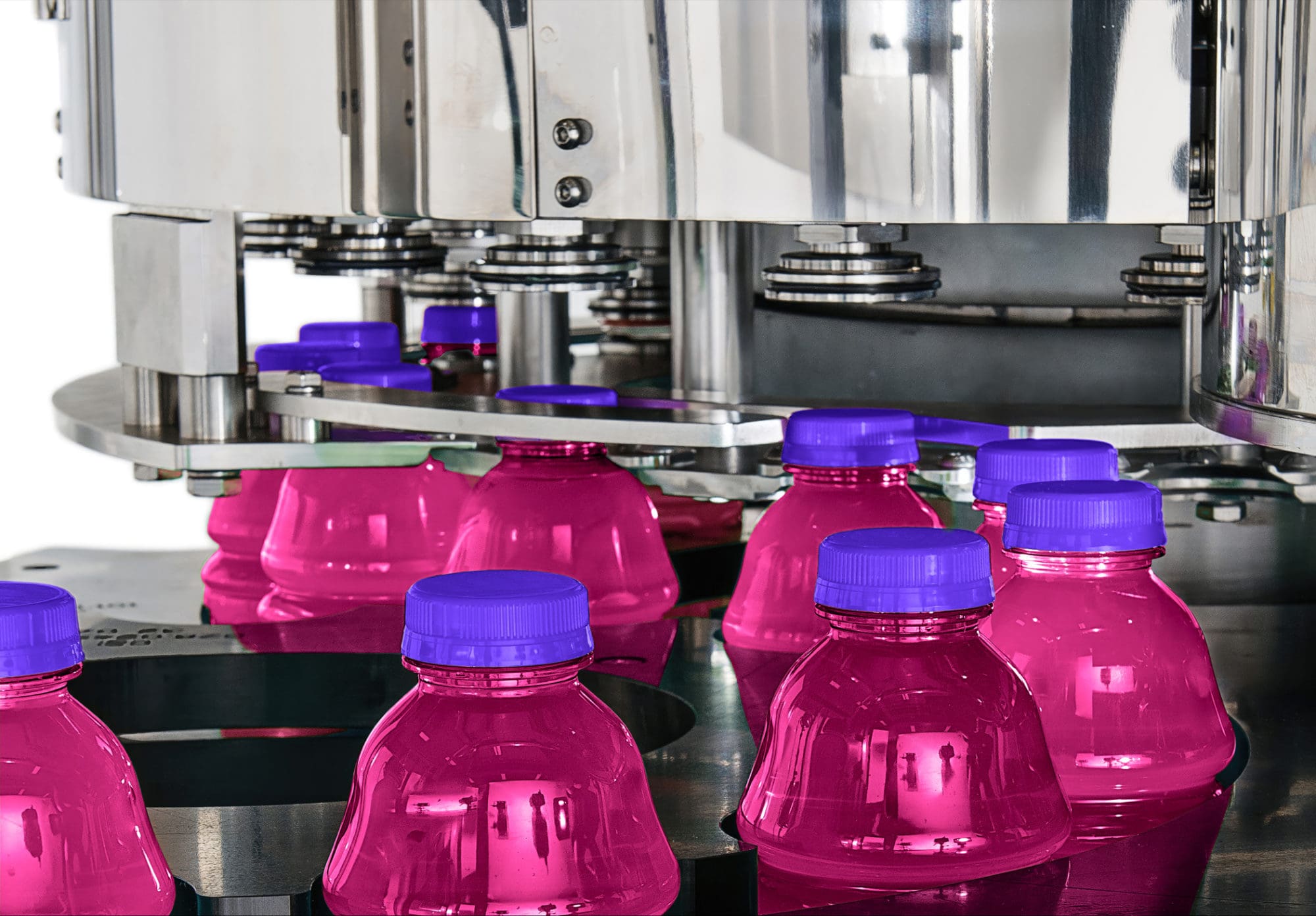
Recent Comments